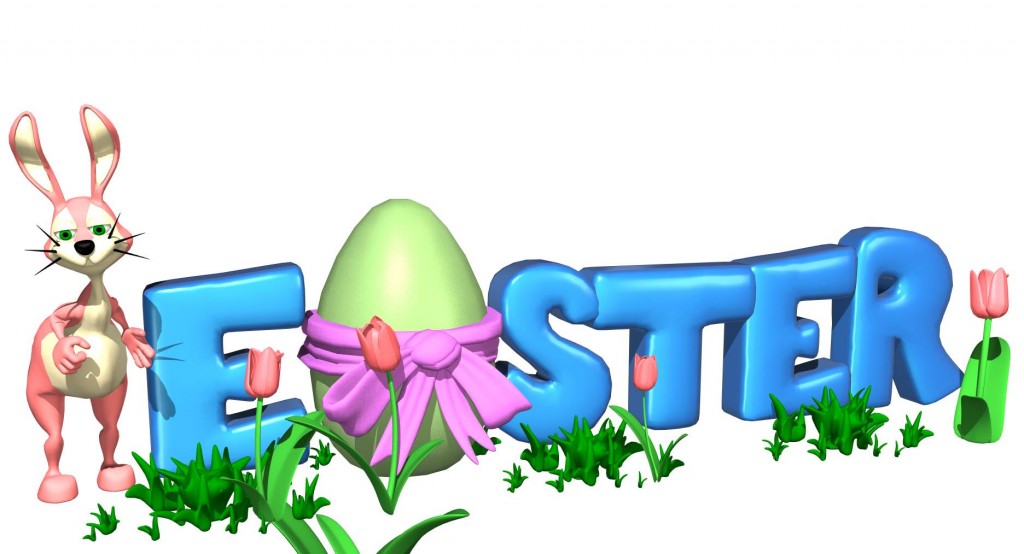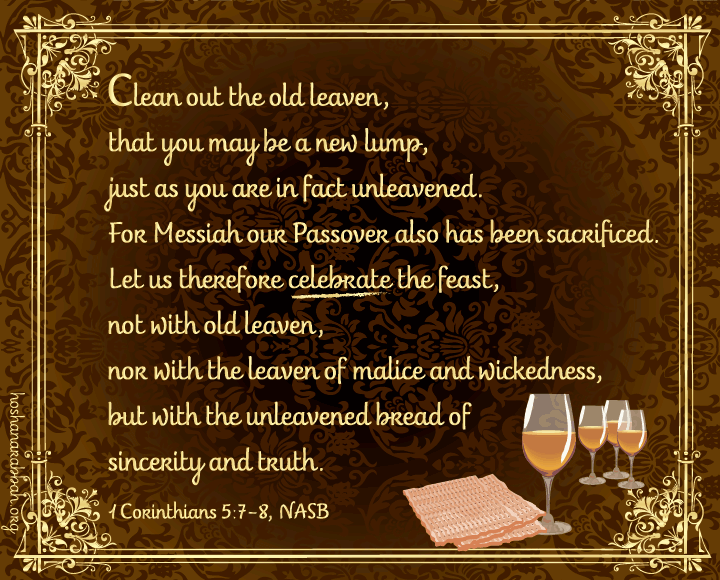The Feast Days Were Ordained At Creation
And Elohim said, Let there be lights in the firmament of the heaven to divide the day from the night; and let
them be for signs, and for seasons, and for days, and years. (Gen. 1:14 )
Here we see the linking of the heavenly bodies with the sacred seasons and feast days of YHVH Elohim. The word signs (owth, Strong’s H226) means “a distinguishing mark, banner, a remembrance, a proof, an omen, a warning, a token, an ensign, a miracle.” The heavenly bodies were created as signs or signals of something. The word seasons (moed, Strong’s H4150) means “a congregation, feast, season, appointed time, assembly.” What is being taught here is that the sun, moon and stars are signals that set the appointed times, sacred assemblies or feast days of YHVH for his people. In Leviticus 23:4 we see further proof of this point: “These are the feasts of YHVH, even holy convocations, which you shall proclaim in their seasons” (emphasis added). Please note the possessive pronoun their indicating that the feast days “own” or “possess” the seasons and thus predate the seasons, which are determined by the astral bodies. In other words, YHVH created the heavenly bodies and seasons for the feast days, which are a shadow-picture of his plan of salvation or redemption for the world. It could be said that the entire physical creation was made in order to have a place where in to implement and showcase YHVH’s glorious plan of salvation.
The Feast Days Are Forever
And this day shall be unto you for a memorial; and you shall keep it a feast to YHVH throughout your generations; you shall keep it a feast by an ordinance forever (Exod 12:14).
[I]t shall be a statute forever throughout your generations in all your dwellings (see also verses 21 and 31; Lev 23:14).
Forever (olam, Strong’s H5769 ) means “everlasting, perpetual, evermore, always, continuous, unending future, for eternity.” Is it possible that Yeshua had the created purpose of the heavenly bodies as well as this earth in mind as well as the eternal nature of the Feast Days contained in the Torah-law of YHVH when he addressed the permanent and inviolate nature of YHVH’s Torah-law, of which the feasts are a part, in Matthew 5:17–19:
Think not that I am come to destroy the Torah, or the prophets: I am not come to destroy, but to fulfil. For verily I say unto you, Till heaven and earth pass, one jot or one tittle shall in no wise pass from the law, till all be fulfilled. Whosoever therefore shall break one of these least commandments, and shall teach men so, he shall be called the least in the kingdom of heaven: but whosoever shall do and teach them, the same shall be called great in the kingdom of heaven.
The Feast Days Were Observed in the Apostolic Period
- Acts 18:21, “But bade them farewell, saying, I must by all means keep this feast that comes in Jerusalem …” (one of the Pilgrimage Festivals; namely Passover/Days of Unleavened Bread or Pentecost or Feast of Tabernacles)
- Acts 20:6, Unleavened Bread
- Acts 20:16, Pentecost
- 1 Corinthians 5:7–8, “Therefore let us keep [or celebrate] the feast [referring to Pesach and Hag Ha Matzot], not with old leaven, neither with the leaven of malice and wickedness; but with the unleavened bread of sincerity and truth.”
- Acts. 27:9, the Day of Atonement
- Acts 21:24, “… you yourself also walk orderly, and keeps the Torah” (which includes observance of YHVH’s annual festivals).
The Feast of YHVH to Be Observed in the Millennium
- Zechariah 14:16, 18, 19, The Feast of Tabernacles
- Ezekiel 45:17, The Sabbaths (plural, includes the weekly and annual Sabbaths or festivals) and solemnities (moedim) or appointed times (see also verse 9).
- Ezekiel 45:21, Passover and Feast of Unleavened Bread
- Ezekiel 45:25, The Feast of Tabernacles
- Ezekiel 46:1, The weekly Sabbath
- Ezekiel 45:17 and 21, solemn or appointed times (moedim) and feasts (Strong’s H2282 ; chag meaning “pilgrimage feast, festival, celebration, holy day, time of dancing, cyclical/yearly seasonal event; i.e., the feast days).”







